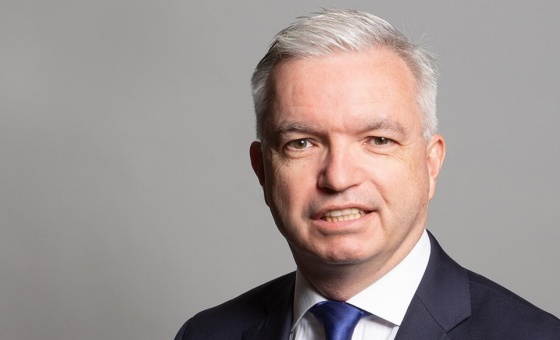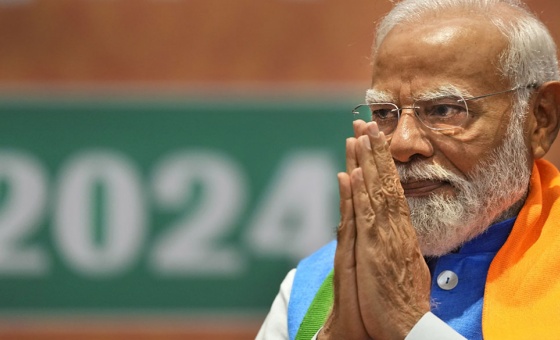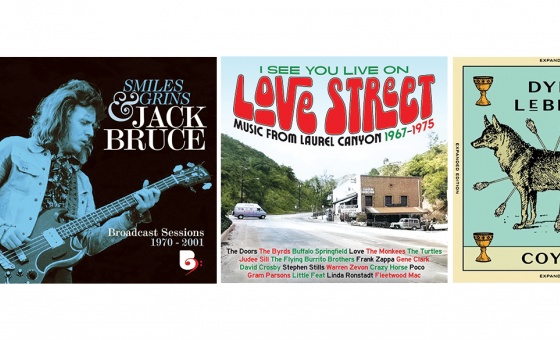This is the last article you can read this month
You can read more article this month
You can read more articles this month
Sorry your limit is up for this month
Reset on:
Please help support the Morning Star by subscribing here
INDIA’S election win for Narendra Modi sparked a lot of breathless reporting in the Western liberal media.
Much was dominated by numbers, which will always be impressive in a country with such a huge population. The size of the aggregate electorate, the number who actually voted, the legions of polling stations and even the total number of candidates attracted attention, as if the electoral process itself is all that matters.
But there are some key figures the rest of the press did not bother with. Numbers that may foreshadow what the elections to India’s 16th Lok Sabha (parliament) may mean for the country’s billion inhabitants.
Those numbers are 2,000,000,000, 442, 186, 31 and 24.
But first let’s recap who won and lost. The answer quite simply is that capitalism won.
Modi’s right-wing Bharatiya Janata Party (BJP) won a clear parliamentary majority of 282 seats, the first single party to achieve this in India’s fragmenting political culture since 1984.
In some major states the party achieved a clean sweep, including in Modi’s home base of Gujarat, where the lethal anti-Muslim riots of 2002 took place on his watch.
The Congress Party’s coalition, miserably led by Rahul Gandhi, slumped to its worst defeat ever and limped home with just 44 seats out of a possible 545.
Regional parties, many of them pro-capitalist, did comparatively well, including those led by formidable female politicians in Tamil Nadu and West Bengal.
In spite of all the hype, the Aam Aadmi or Common Man party — which arose out of public disquiet over institutionalised corruption — performed poorly, including in its alleged area of strength in Delhi, a reflection of its narrow middle-class base. It got four seats.
The parties of the left fared atrociously.
While the results in West Bengal may well have been exacerbated by the numerous reports of intimidation and fraud directed against the Communist Party of India (Marxist) (CPI(M)), even party cadres acknowledged that the poor showing there reflected a failure to properly mobilise their vote banks.
The CPI(M) secured just nine seats and its status as a national party — reliant on having 11 MPs in at least three states — now rests on whether two Keralese independents elected with CPI(M) support decide to caucus with them.
So what do these results say about India’s immediate future direction? Well, let’s look at the first figure: 2,000,000,000 — two billion or as it would be termed in India 200 crore rupees. At the time of writing, one pound is equivalent to about 100 rupees.
According to data obtained by researchers, this is the amount of secured and unsecured loans taken out by the BJP and Congress since 2001, mainly it is thought from big businesses.
According to the Economic Times, in 2011-12 alone, the Congress and BJP borrowed 42 crore rupees and 34 crore rupees respectively.
In other words, the two largest parliamentary parties are very much in the pockets of big businesses.
The dominant BJP is now expected to open the way to yet further commercialisation and “liberalisation” of the Indian economy, accelerating capital inflows and outflows, to the benefit of both home-grown and overseas corporations.
This dominance of the capitalist class now extends to the Lok Sabha itself, as shown by the second number I want to share with you — 442 of the MPs in the new parliament are “crorepatis” or have declared personal wealth in excess of 10 million rupees.
According to analysis of the financial backgrounds of both the current parliament and its predecessor by the watchdog Association for Democratic Reforms (ADR), the new Lok Sabha will be the richest yet, with 82 per cent of the winners listed as crorepatis, compared to about 58 per cent in the last Lok Sabha.
In short, this is a parliament of the rich funded by the even richer.
But the means by which many acquired their wealth, or chose to express the power that comes with that wealth, makes for even more disturbing reading.
My third figure, 186, is the number of newly elected members who have disclosed criminal cases against themselves in their affidavits.
Of the BJP’s intake 98 have in their affidavits declared criminal cases against them.
In 2009, 30 per cent of the Lok Sabha members had criminal cases registered against them, so this has now gone up by 4 per cent.
According to the Times of India, of these 186, 112 — or 21 per cent of the total parliament — declared “serious criminal cases,” including those related to murder, attempt to murder, causing communal disharmony, kidnapping and crimes against women.
So this is a parliament riddled with openly acknowledged corruption. One can only speculate what is going on away from the public’s gaze.
But liberal commentators still argue that the BJP’s clear victory was at least a fair expression of the will of the people. Wasn’t it?
Not at all.
For the BJP’s landslide victory was secured on the basis of just 31 per cent of the vote. That is the lowest poll share for a single-party majority since independence and far lower than the next lowest, that of the Congress victory in 1967.
The Indian electoral system worked just fine for Modi and his candidates, but it masks the administration’s minority level of support. It is a communalist, not a national expression of India’s interest and concerns.
But the BJP stands not only for big business and headline growth.
It also draws its strength from various Hindu fundamentalist groups which provide ideology, resources and footsoldiers for the party.
The animus for their worldview, aside from perceived Western secularism and decadence, is the country’s substantial Muslim minority.
And that minority is becoming increasingly vulnerable and diminished inside parliament itself.
My last number, 24, is the number of Muslim MPs in the 16th Lok Sabha.
This is the lowest since the first general election of 1952 and is down from 30 in the last parliament. This translates to 4.4 per cent of the seats, when India has an estimated 175 million Muslims, around 15 per cent of the population.
Muslims constituted 4.3 per cent of the first Lok Sabha in 1952 but their proportion has hovered between 5 per cent and 6 per cent for the last 25 years after dropping from a high of 9.3 per cent or 49 members in the 1980 elections.
The 16th Lok Sabha looks very much like a compliant legislative chamber primed and ready to operate in the interests of corporations, specific religious organisations and its own members’ financial and other interests.
The challenge for the bruised Indian left is to now galvanise both itself and the working class to struggle against this parliament of the rich for the rich.









